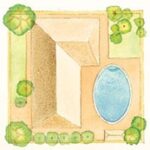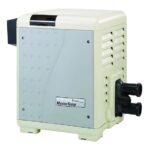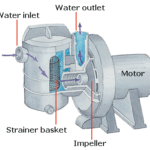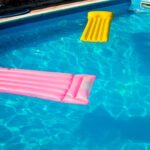When buying a new pool pump, your most important considerations will be: 1) the strength of pump you will need to effectively clean and/or heat your pool, and 2) the amount of energy the pool pump will consume when doing its job. This expert guide will help you make the right decisions.
A swimming pool pump moves pool water to (and through) the swimming pool filter and, in many cases, a pool heater. An effective pump will circulate all of the pool’s water through the filter at least once every 12 hours—called a “turnover.”
The bigger the pool and the faster the turnover rate, the stronger the pool pump needed. A pump is rated by the “gallons per minute” (or GPM) of water it moves. Manufacturers make products in a full range of sizes.
A pool pump has a water inlet from the pool, a strainer basket that catches debris, an impeller attached to a motor for propelling the water, and an outlet where water exits on its way to the filter and heater.
Local regulations generally specify minimum turnover rates to ensure safe, clean water. Many people prefer to exceed local regulations by opting for a turnover rate of 10 or 8 hours (the shorter the period, the more effective the pump).
Closely related to a pump’s GPM is its power—rated by horse power (hp). Pool pumps run from 1/2- to 2 1/2-hp. Generally speaking, the greater the hp, the greater the force for pushing water. A strong pump is needed for a large pool or a condition where the pump must move water an unusual distance or height—such as up to second-story roof to circulate through a solar pool heater.
The whole system works best when the hydraulic equation for the pipe diameter, length, and pump motor are properly sized to handle the volume of water that needs to turn over in the course of 12 hours (or according to your preferred turnover rate).
Generally, you can improve the efficiency of your pump by using shorter lengths of pipe, that is, by keeping the pump close to the pool, by avoiding 90-degree angles, by increasing the size of your pool’s filter, and by regularly clearing out the pool grates and strainer basket.
How to Calculate the Right GPM
To calculate the gallons per minute that your pump needs to circulate, multiply your pool’s total volume in gallons times two; this will give you the gallons per day that the pump needs to circulate so that the water will turn over twice. (Multiply by three if you want the water to turn over every eight hours.)
Divide this number by 24 to get the gallons per hour, and divide again by 60 to get the gallons per minute. For instance, a pool that holds 10,000 gallons of water would need a pump that can handle 20,000 gallons per day for a 12-hour turnover rate. Dividing 20,000 by 24 would give the gallons per hour, and then dividing that by 60 would give the gallons per minute: 20,000 divided by 24 = 833; 833 divided by 60 = 13.88 GPM.
Energy-Efficient Pool Pumps
Energy efficiency is a concern with pool pumps because they run for several hours everyday. In California, a state with a lot of pools, laws limit pump energy consumption. Some pumps are designed for energy efficiency but, generally speaking, the greater a pump’s power, the more energy it consumes. In other words, a 2 1/2-hp pump is going to use a lot more electricity than a 1-hp pump. Ideally, a pool pump should be big enough to circulate the water at the turnover rate you need, but not so big that it wastes energy.
The EPA recommends running a conventional pump just three hours a day, and based on water quality, increasing pump time in half-hour increments as needed. In addition, it recommends scrubbing the pool walls and using chemical additives to offset the reduction in pump time.
An energy-efficient recommendation is to buy a two-speed[ or—better— variable-speed pool pump that is just large enough to circulate the water twice a day and to run it continuously seven days a week. Most motors are not designed to run for long continuous periods, but a variable-speed pump can be used around the clock. A variable-speed pump is more expensive initially, but it saves energy and money in the long run. Most of these motors are very quiet. This is also the best type of pump if you have a solar pool heater because it you can set it to circulate water through the heater all day.
Proponents of this option say that keeping the pump off for a long stretch of time—most people keep their pumps off for 12 to 16 hours each day—lets algae and debris build up and contributes to pH imbalance, all of which requires the pump to work harder. A smaller pump that works all the time prevents problems from developing and keeps water cleaner.
Next see:
Swimming Pool Filters Buying Guide
Swimming Pool Heaters Buying Guide



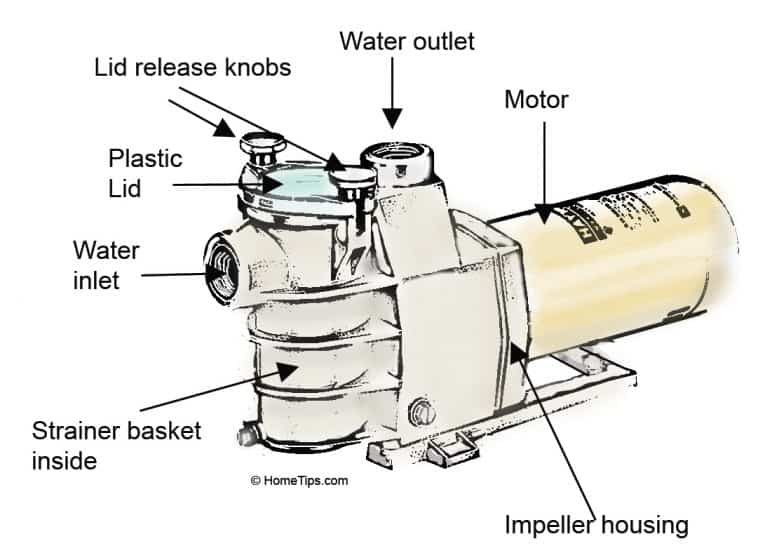
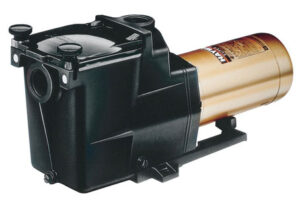
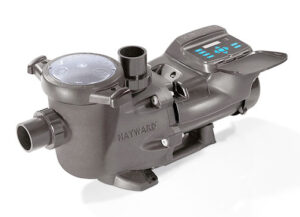
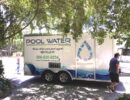
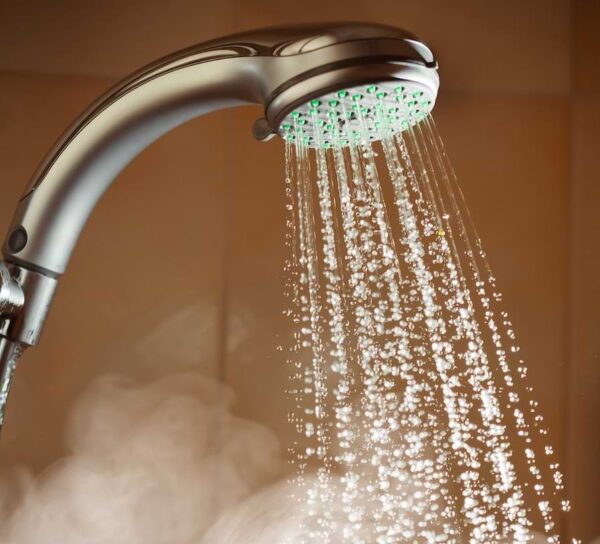

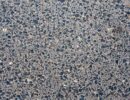
 Don Vandervort writes or edits every article at HomeTips. Don has:
Don Vandervort writes or edits every article at HomeTips. Don has:

